Hi there, pet lovers! 🦂
Looking for a pet that’s equal parts fascinating and low-maintenance? The Giant Vinegaroon (Mastigoproctus giganteus), often mistaken for a scorpion or a nightmare-inducing creature, is actually one of the most docile and easy-to-care-for invertebrates in the exotic pet trade. Despite its intimidating appearance, this arachnid is harmless, hardy, and surprisingly interactive.
Whether you’re a beginner seeking an unusual pet or an experienced keeper wanting something unique, this detailed guide covers everything you need to know—from handling and habitat setup to diet and long-term care.
Overview
The Giant Vinegaroon, also known as the whip scorpion, is a large, nocturnal arachnid native to the southern United States and Mexico. Though it looks fearsome, it lacks venom and is entirely harmless to humans. Here’s a quick summary of what makes them stand out:
- Handling and Temperament: Surprisingly docile, though they may spray a mild vinegar-like acid when stressed.
- Care and Maintenance: Extremely low-maintenance—minimal feeding, simple enclosure setup, and forgiving humidity needs.
- Health and Durability: Exceptionally hardy with a long lifespan (up to 20 years for females).
- Availability: Seasonal but obtainable from breeders, expos, and online sellers.
- Cost: Affordable to purchase and maintain, with minimal setup expenses.
Overall, the Giant Vinegaroon is an excellent choice for those who want an easy-care, long-lived, and conversation-starting pet.

Why Choose a Giant Vinegaroon?
If you love unique pets but don’t want high maintenance, the Vinegaroon is perfect. Unlike true scorpions or tarantulas, they:
- Don’t have venom or a stinger.
- Rarely bite or pinch (their claws are weak).
- Require minimal feeding (just a few insects every couple of weeks).
- Thrive in simple enclosures without complex heating or lighting.
Their long lifespan (especially females, which can live 15-20 years) makes them a rewarding pet for dedicated keepers.
Handling and Temperament
Are Vinegaroons Safe to Handle?
Absolutely! Despite their menacing appearance, Vinegaroons are gentle and slow-moving. They rarely bite, and their claws are too weak to hurt humans.
Defense Mechanism: The Vinegar Spray
Their only real defense is a mild acetic acid spray (hence the name “Vinegaroon”). This smells like vinegar and may cause slight irritation if it contacts eyes or open wounds. However:
- They only spray when extremely stressed.
- Handling them calmly minimizes risk.
- The spray is harmless and washes off easily.
Handling Tips
- Support their body gently—they’re not fragile but appreciate stability.
- Avoid sudden movements to prevent stress.
- Supervise children, as rough handling may trigger spraying.
Overall, they’re easy to handle once you’re comfortable with their appearance.
Care and Maintenance
Enclosure Setup
- Tank Size: A 10-gallon terrarium is ideal for one adult.
- Substrate: A deep (4-6 inches) mix of coconut fiber, peat moss, and sand to support burrowing.
- Humidity: Moderate (60-70%)—light misting every few days is sufficient.
- Hides & Decor: Provide cork bark or half-logs for hiding. They don’t climb, so vertical space isn’t necessary.
- Water Dish: A shallow dish (they can drown in deep water).
Temperature
- Room temperature (70-80°F) is perfect—no heating required unless your home gets very cold.
Feeding
- Diet: Crickets, roaches, or mealworms (3-5 insects every 2 weeks).
- Feeding Tips:
- Pre-killed prey is safest (live insects may burrow and stress them).
- Remove uneaten food to prevent mold.
Vinegaroons are one of the easiest pets to feed—they eat infrequently and don’t require supplements.
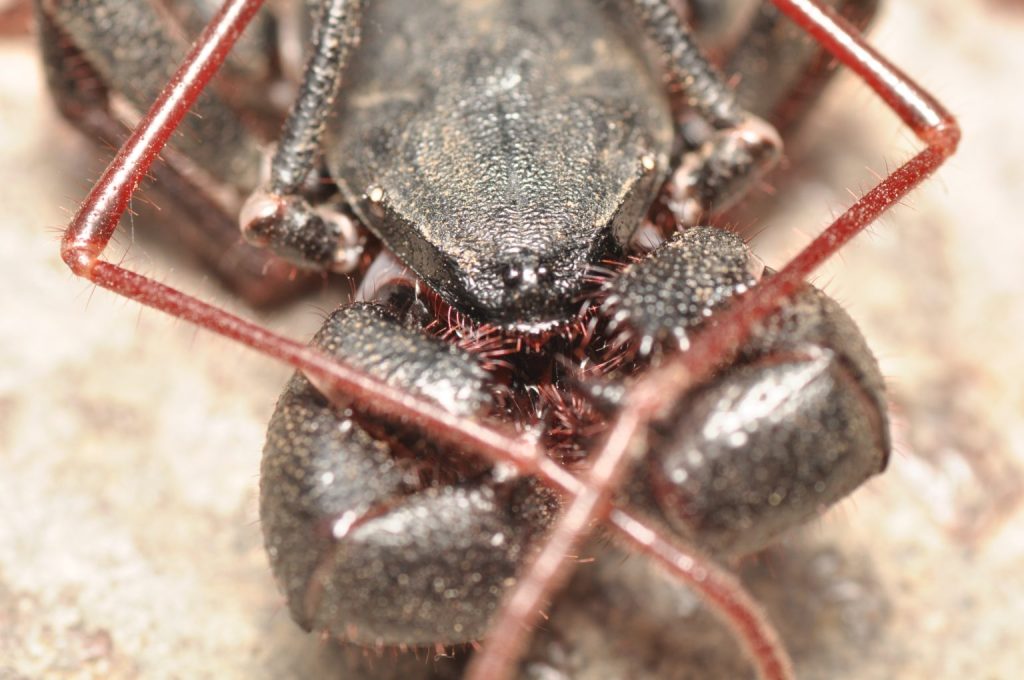
Health and Durability
Lifespan
- Males: ~8 years
- Females: 15-20 years (one of the longest-lived invertebrates!).
Common Health Issues
- Dehydration: Ensure humidity and a water dish.
- Stress: Avoid overhandling or loud vibrations near their enclosure.
- Injury from Falls: While not fragile, drops can harm them.
Preventative Care
- Clean substrate regularly to prevent mold.
- Monitor humidity with a hygrometer.
- Handle minimally if they seem stressed.
With basic care, Vinegaroons rarely get sick—they’re incredibly resilient.
Availability and Cost
Where to Buy
- Online Reptile Retailers (seasonal availability).
- Reptile Expos (best for seeing them in person).
- Specialized Invertebrate Breeders.
Cost Breakdown
- Vinegaroon: $20 to $50 (often cheaper than shipping!).
- Enclosure: $30 to $50 (10-gallon tank).
- Substrate & Decor: $20 to $30.
One of the most budget-friendly exotic pets!
Pros and Cons
Pros
✅ Extremely low-maintenance.
✅ Harmless and docile.
✅ Long lifespan (especially females).
✅ Unique and educational.
✅ Affordable to keep.
Cons
❌ Vinegar spray (rare but possible).
❌ Seasonal availability.
❌ Not for those squeamish about bugs.
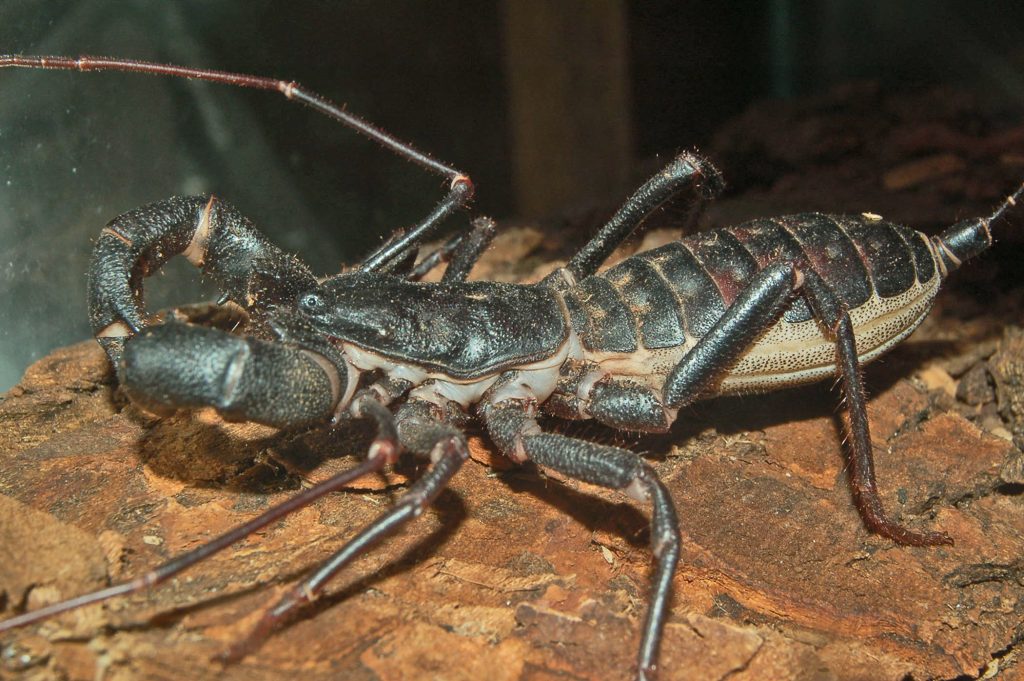
Final Thoughts
The Giant Vinegaroon is a fantastic pet for those who appreciate unusual creatures without the hassle of complex care. Their calm nature, minimal feeding needs, and hardiness make them ideal for beginners and experts alike.
If you’re ready for a conversation-starting, low-effort pet, the Vinegaroon might be your perfect match.
Have you kept a Vinegaroon? Share your experiences below! 🦂
For more unique pet guides, stay tuned—subscribe for updates!

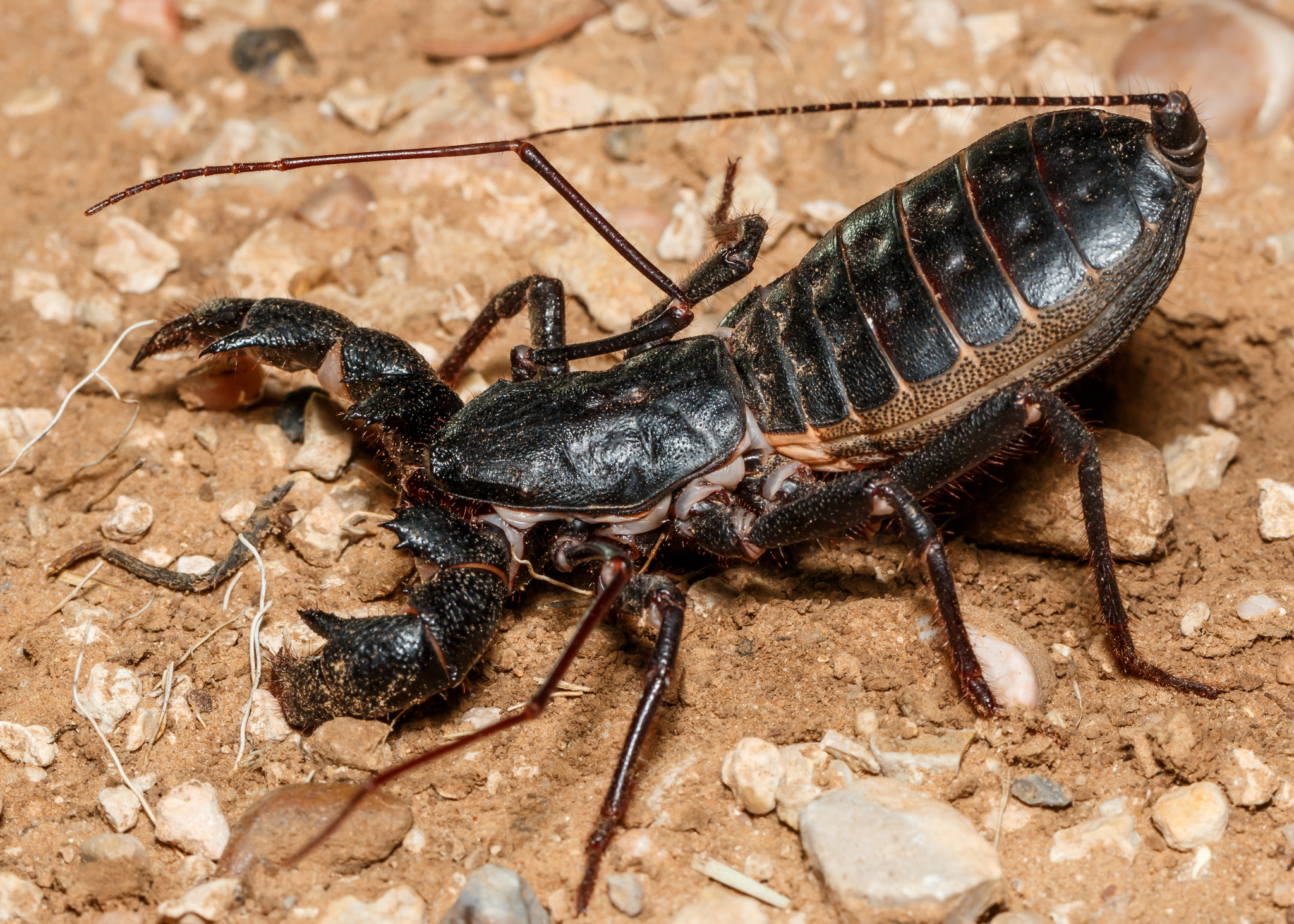


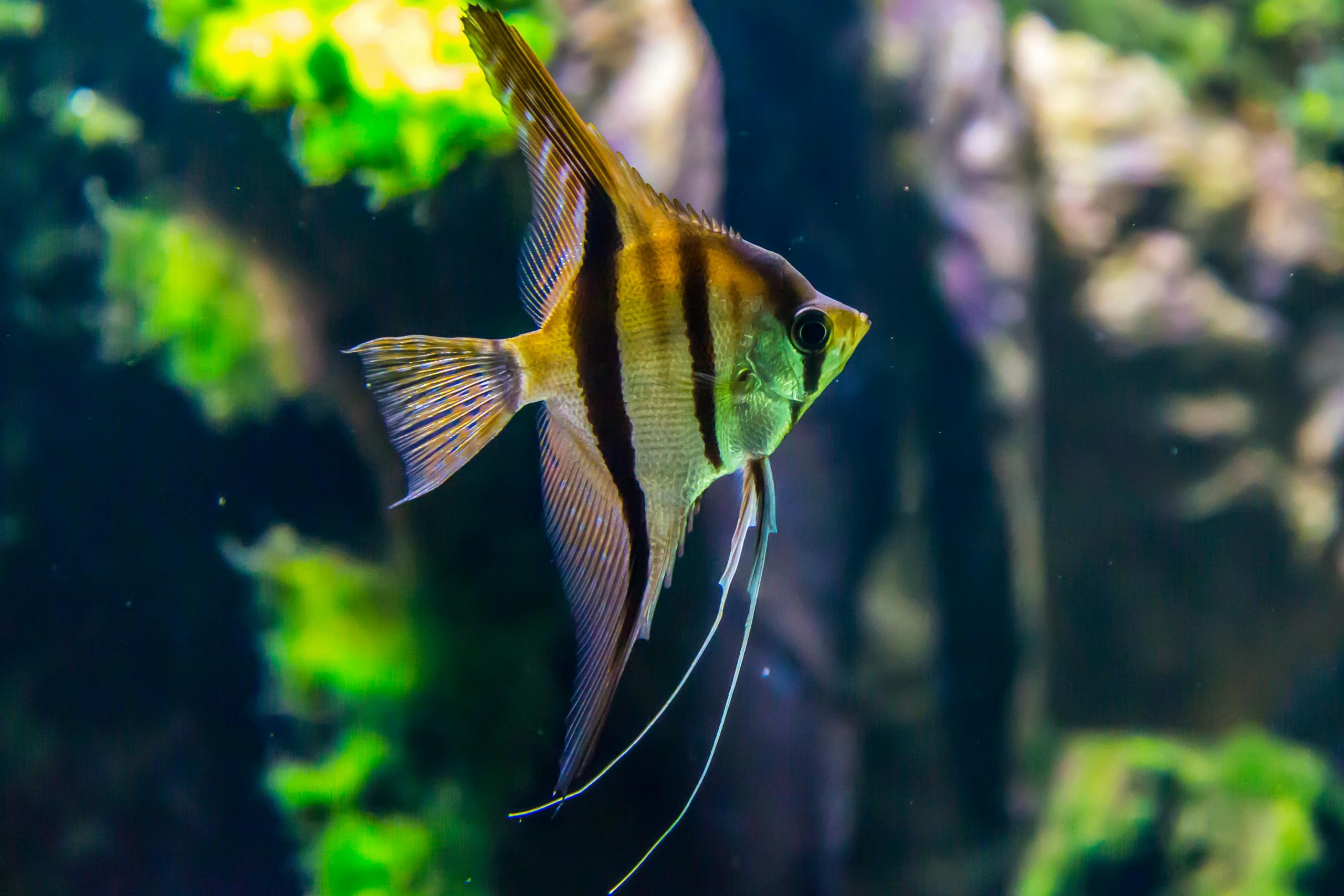
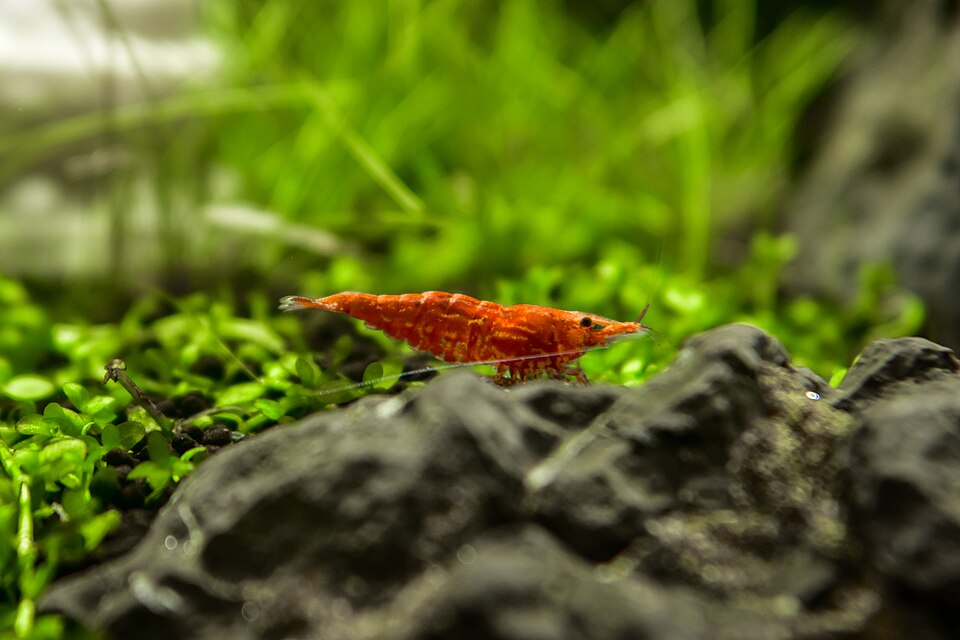

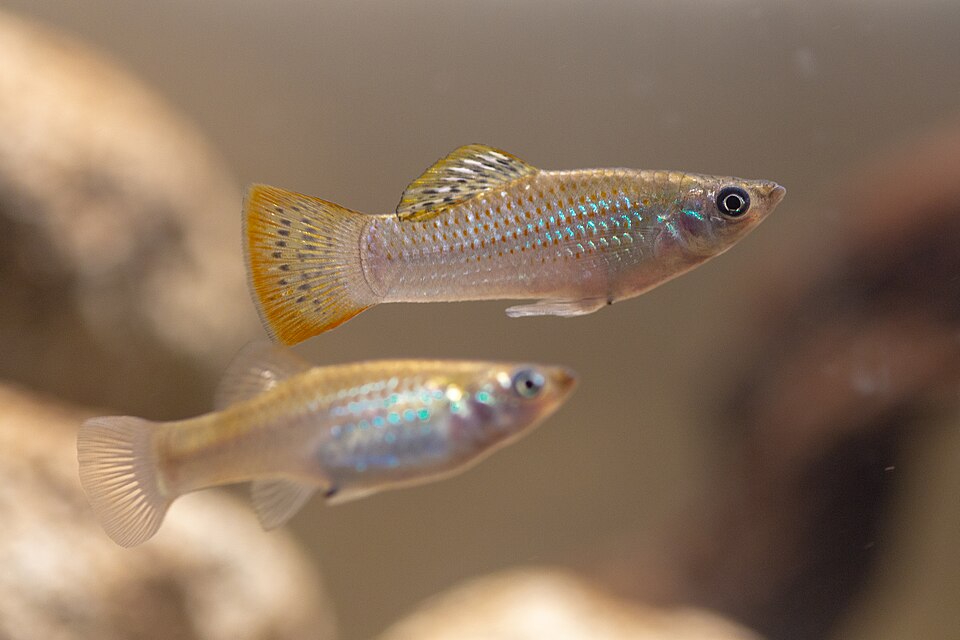
Leave a Reply